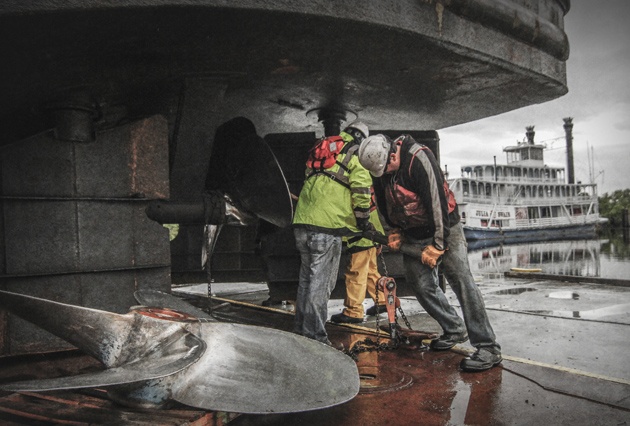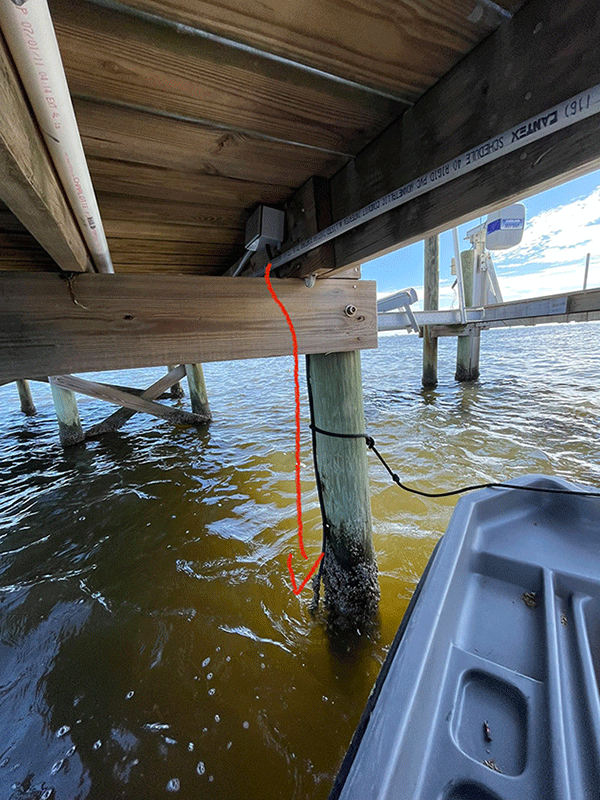The Value of Timely Dock Repairs for Waterfront Security
The Value of Timely Dock Repairs for Waterfront Security
Blog Article
Reliable Dock Repair Work Techniques: Making Certain Structural Stability
Ensuring the structural stability of docks through reliable fixing techniques is vital for the long life and safety and security of marine centers. This entails a multi-faceted strategy starting with comprehensive examinations making use of sophisticated modern technologies like finder equipment and remotely ran lorries (ROVs) to find both visible and hid damages. Consequently, selecting the appropriate repair work products, such as composite materials and corrosion-resistant alloys, is critical for durability. Structural support techniques, including the execution of cross-bracing systems and load-distribution plates, play a vital role in mitigating anxiety factors. However, the relevance of these techniques ends up being obvious when discovering sophisticated fixing approaches and preventative maintenance strategies.
Analyzing Dock Damage
Examining dock damages is an essential very first action in making sure the architectural integrity and security of any type of docking facility. Secret elements to analyze consist of the dock's foundation, pilings, decking, and equipment (Dock Repairs).
Structural designers or qualified assessors typically perform these analyses using specialized devices and methods. Underwater evaluations could use sonar equipment or remotely ran lorries (ROVs) to detect submerged damage. Over water, visual assessments are enhanced by utilizing dampness meters and other analysis devices to discover underlying issues not immediately visible to the naked eye.

Finding Repair Service Products
Picking the suitable repair work materials is a critical action in the dock reconstruction process, one that directly influences the durability and efficiency of the repaired framework. Product choice should be driven by aspects such as ecological conditions, load-bearing requirements, and compatibility with existing dock components. Timber is a conventional option for anchors due to its natural durability and visual appeal. Nevertheless, choosing the appropriate kind of wood, such as pressure-treated lumber or naturally rot-resistant varieties like cedar or teak wood, is crucial to hold up against marine environments.
In enhancement to timber, composite products are increasingly prominent due to their sturdiness and low maintenance requirements. Compounds, typically made from a mix of plastic and timber fibers, use exceptional resistance to rot, bugs, and UV damage. For metal anchors, selecting corrosion-resistant alloys such as galvanized steel or marine-grade light weight aluminum is important to stop corrosion and make sure architectural integrity in saline water conditions.
Epoxy materials and marine-grade sealers are crucial for repairing splits and securing joints, giving a water-proof barrier and improving the dock's total toughness. By meticulously choosing high-quality materials, dock repair work can attain long-lasting results, thus securing versus future destruction and ensuring safe, trusted usage.
Structural Support Techniques
Efficient architectural support methods are important in making sure the security and durability of dock fixings. One basic technique involves making use of steel or composite reinforcement bars (rebar) within concrete structures. Rebar provides added tensile stamina, preventing cracks and dispersing loads much more evenly. This method is particularly effective for docks revealed to hefty loads or extreme environmental problems.
An additional important technique is the application of fiber-reinforced polymers (FRP) These materials provide high strength-to-weight ratios and excellent resistance to deterioration, making them ideal for reinforcing concrete or wood docks. FRP can be used in sheets or strips and bonded with epoxy resins to enhance architectural stability.
Bracing and securing systems likewise play an essential function in architectural reinforcement. Cross-bracing, using steel or wooden beam of lights, can combat side pressures, lowering persuading and activity. Securing systems, such as helical piers or driven piles, offer a secure foundation by transferring lots to much deeper, more stable soil layers.
Lastly, the integration of load-distribution plates can aid distribute weight much more uniformly throughout the dock's surface area, mitigating local anxiety factors. These techniques jointly make sure that anchors continue to be durable and risk-free, qualified of standing up to the rigors of their operational setting.
Advanced Repair Work Methods

One more sophisticated method entails undersea welding, which enables repair services to be performed without the need to dewater the area. This approach is particularly beneficial for resolving architectural concerns in immersed dock elements, making certain minimal disturbance to operations. Boosted welding techniques, coupled with robotic systems, deliver precision and dependability, thus prolonging the lifespan of the dock.
In addition, cathodic defense systems are carried out to stop rust in metallic dock frameworks. By utilizing sacrificial anodes or impressed present systems, these strategies properly alleviate the electrochemical processes that lead to material degeneration.
Finally, advanced monitoring modern technologies, such as architectural wellness tracking (SHM) systems, give real-time information on the condition of dock frameworks. These systems enable proactive maintenance and timely treatments, ultimately making sure the long-term architectural honesty of the dock.
Maintenance and Prevention
Maintenance and prevention are essential principles that underpin the durability and security of dock structures. Normal inspections are vital, enabling early discovery of damage, potential weak points, and ecological influences. An aggressive strategy, entailing routine look for rust, rot, and structural shifts, reduces pricey repair services and lengthens the dock's operational life.
Safety nets should consist of using safety finishings to metal components to defend against rust and utilizing cured timber to stand up to decay. In addition, making sure proper water drainage and ventilation can protect against water build-up, which is a common reason of architectural degradation. Including quality materials and sticking to supplier standards during building and fixing stages likewise play important functions in improving resilience.

Educating workers in dock upkeep best practices makes sure constant application of safety nets. Leveraging technological advancements, such as drones for assessments and sensing units for real-time tracking, can additionally improve maintenance efforts. By prioritizing upkeep and avoidance, dock owners can guarantee structural integrity, operational safety, and cost-effective management over the dock's lifespan.
Conclusion
In verdict, preserving the architectural stability of aquatic centers necessitates comprehensive dock repair service methods. Advanced repair work techniques, paired with normal upkeep practices, make certain the dock stays operational and risk-free under varied ecological conditions.
Making certain the structural integrity of anchors via effective repair strategies is critical for the long life and safety of marine centers.Picking the suitable repair service products is an essential action in the dock repair process, one that directly influences the durability and efficiency of the fixed framework.Reliable architectural reinforcement techniques are vital in making sure the stability and longevity of dock repairs. By prioritizing upkeep and prevention, dock owners can make sure architectural integrity, functional safety and security, and economical monitoring over the dock's life expectancy.
In conclusion, preserving the architectural honesty of marine centers necessitates thorough dock fixing strategies.
Report this page